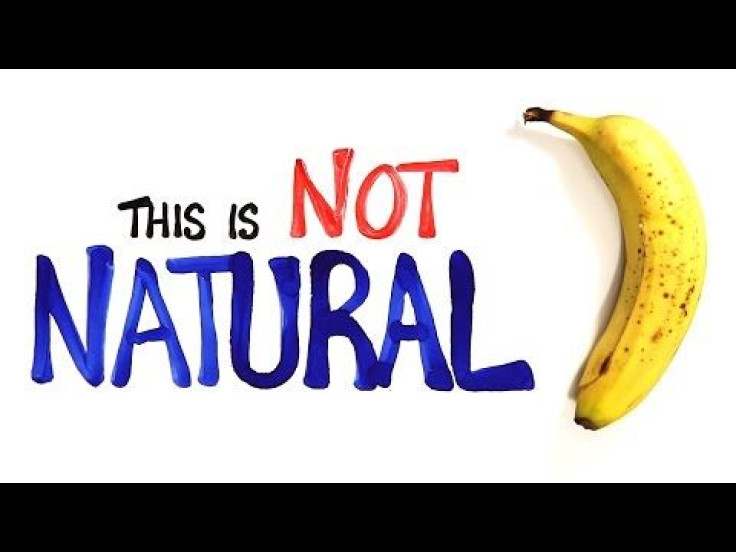Clean Living Is Not Chemical-Free: 'Natural' Foods Contain Chemicals And Ingredients That Are Toxic At High Doses

Eating chemical-free sounds healthy, but upon closer examination, it's much easier said than done. In reality, if you truly want to eat healthy, you need to stop thinking in terms of bad synthetic food versus good, natural food and start thinking more in terms of a balanced diet.
Chemicals are the building blocks of life, and even something as “natural” as a banana is comprised of scores of chemicals. As demonstrated in a recent video from ASAP Science, chemicals are not only inescapable, but they are also not always bad. For example, the cyanide in apple seeds is the same as the cyanide in some pesticides, with one key difference: quantity. As the adage goes: The poison is in the dose, and this counts for everything that we put inside of our bodies.
The idea that synthetic chemicals are worse than those that occur naturally is a second common food misconception. And, although there are many examples when this is true, that isn’t always the case. Think of how many wild fruits, such as hemlock and wolfsbane, could kill you if eaten. It’s better to look at each chemical individually than to simply label all man-made chemicals as bad and all natural chemicals as good.
In conclusion, while it may be easy to conclude that a fruit is closer to its natural origins than, say, French fries, to label either as “wholly natural” would be incorrect. Thousands of years of human farming have drastically changed so many of our fruits and vegetables from their “natural” state. For example, natural carrots are bright purple, natural watermelon contains only 1.9 percent sugar, and natural corn is about 1,000 times smaller than what you would have on the grill during a summer BBQ.
The best way to ensure that you’re actually eating healthy is to not pay as much mind to food labels and start doing your own research.



























